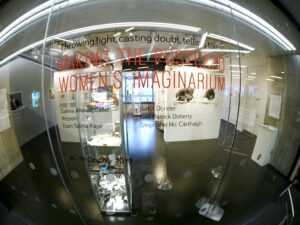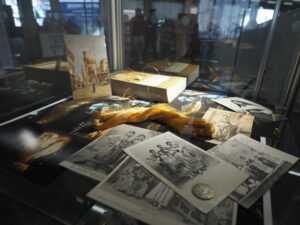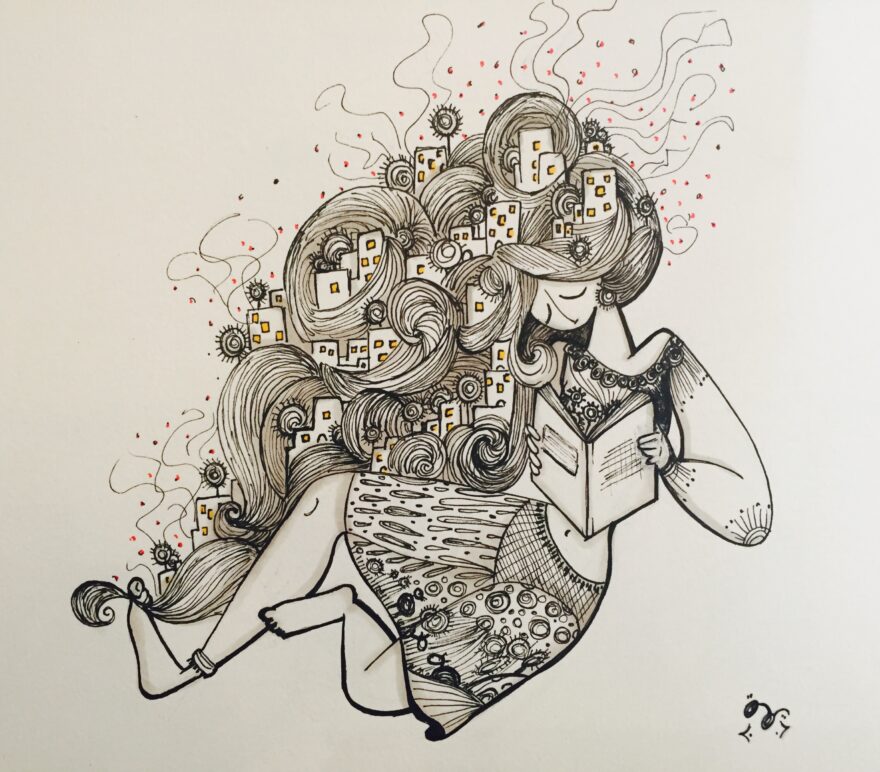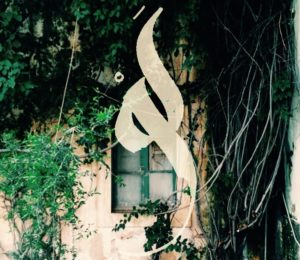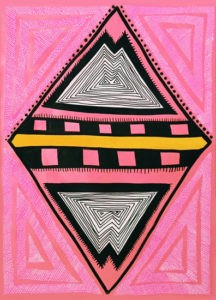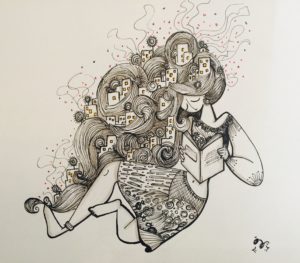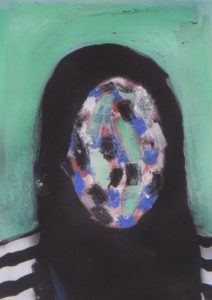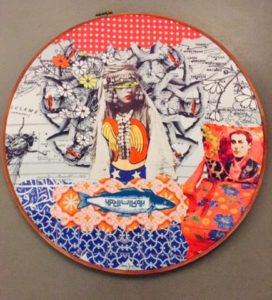Nahla Ink is chuffed to bits to feature the Nubian (Egyptian-Sudanese) Fathi Hassan as Artist of the Month of December, 2020. Thanks to the Sulger Buel Gallery and arts curator Najlaa El-Ageli for giving Nahla Ink the opportunity to share his artwork to coincide with a current online exhibition. His solo show, titled ‘Soul Taming’ will be virtually accessible until the end of the year. All the images below are works by the artist that form part of the gallery display.
Fathi Hassan & Soul Taming (Text Courtesy of Sulger-Bulger Gallery)
Fathi Hassan is an artist, a poet, a dreamer; but, most of all, he is a dynamic creative set on taming his wild spirit and wandering soul through his art, meditations and poetry. Hassan’s visual work pulls the viewer firstly with its bold lines, then the floating texts, figures and symbols. Once that information and layer is absorbed, his pieces translate into a higher level of alchemical synthesis. His articulation unto the canvas is a deep form of poetry.
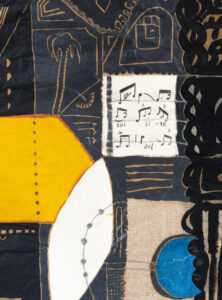
Essential to his work is the exploration of identity, as he constantly challenges, superimposes, writes and links events, past and present, to contemplate possible futures and potentialities. Hassan’s diasporic adventure for almost four decades reflects the displacement and the journey between the different spaces, times, perspectives and memories. His creations also reveal a love and passion for classical music and Opera, wherein his lines translate into visual melodies of emotions. His attention to numbers, codes, letters and musical notes are also weaved back into his compositions reflecting a multidimensional orientation.
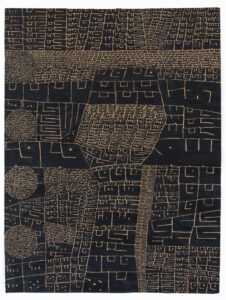
His tapestries can also be experienced as archival material containing delicate traces of his Nubian culture and its place in the Arab world, wherein the Arabic calligraphy intersects and blends into symbols. In some instances the letters and the words sharply cut through the Nubian-African heritage to suggest a struggle and the fight for domination and survival. This suspended state is a powerful reminder of not only the past, but also inherently of what is happening today politically, socially and culturally.
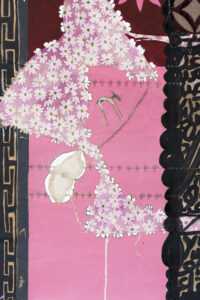
Ultimately Hassan’ work is to record, store, archive and tame the memories of dreams, souls, life and desire. His quest to pin down a hybrid-cultural form of self and identity continues and is ever so resonant with what is happening now. His utilising of the desert and forest imagery is a tool to reflect upon the injustices and inequalities of the human condition and existential state of being. He also does a brilliant job in bringing forward a Sufi elemental landscape as well as responding to the more recent crisis relating to Covid-19, referring to the traumatic post-Arab Spring period, the rise of the conservative right in the West and the deconstruction of democracy.
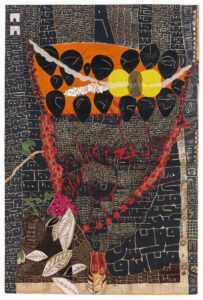
Artist Biography (Courtesy of Sulger-Buel Gallery)
Fathi Hassan (aka Akkij Fathi) was born in Cairo in 1957 to Nubian-Egyptian parents. His family were forced to leave their homeland of Nubia when the Aswan High Dam was built in 1952, flooding a vast area now under Lake Nasser. Whether in photographs, paintings, installations, drawings or, often, directly on walls, his texts are deliberately illegible intended to highlight the plight of lost languages and oral history as a result of colonial domination.
In 1979, Hassan had received a grant from the Italian Cultural Institute in Cairo and moved to Naples, Italy where he enrolled at the Accademia di Belle Arti and graduated with a thesis on the influence of African art in Cubism.
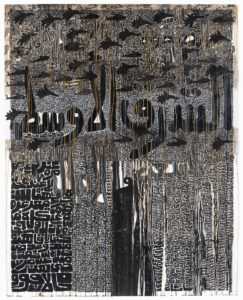
He was one of the first African and Arab artists to exhibit in the Venice Biennial in 1988; and, over the past 40 years, participated in numerous solo and group shows in Italy, Belgium, Denmark, Egypt, the United Kingdom and New York. For many years he has worked productively with renowned curator Rose Issa and currently lives and works between Edinburgh, Scotland and Italy.
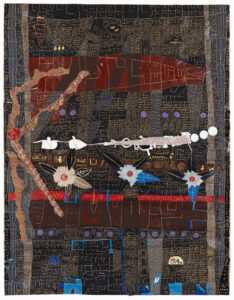
Some of Hassan’s work is in the permanent collection of the Victoria and Albert Museum and the British Museum, London and the Smithsonian National Museum of African Art, Washington DC and Farjam Collections among many others. He is the subject of numerous publications and writings by major critics, curators and experts, from Rose Issa, Achille Bonito Oliva, Maurita Poole and Liliane Karnouk to Kathleen Goncharov, Francesca Petracci, Elizabeth Harney and Enrico Crispolti. He also features in the recent book ‘Lumieres Africaines’ published by Langages du Sud (2018).
About the Sulger-Buel Gallery
Sulger-Buel Gallery is an art gallery specialising in the contemporary art of Africa and its diaspora. Founded in 2014 by Christian Sulger-Buel, the gallery provides a focus for those wanting to explore one of the fastest developing, ground-breaking and important areas in contemporary practices — Modern & Contemporary African Art.
Whilst addressing a variety of artistic mediums including drawing, painting, sculpture and photography, the gallery is led by a diverse and international team of specialists. Sulger-Buel presents a dynamic exhibition program, produces innovative publications and offers consultancy services; visitors, curators and collectors alike can experience its cutting-edge shows at the London space a stones throw away from the Tate Modern as well as at international art fairs across the globe.
About the curator Najlaa El-Ageli
The ‘Soul Taming’ exhibition has been curated by Najlaa El-Ageli of Noon Arts Projects. She is a British-Libyan architect who in 2012 founded Noon Arts, a small private foundation, to explore the newly burgeoning Libyan arts scene and creative movement that had followed the 2011 Revolution. Its aim was to spot and nurture the work of talented local artists and bring it to the international stage.
After curating a number of successful exhibitions featuring contemporary Libyan art in the
UK, Libya and Malta, another big project came in 2015 when Noon Arts was commissioned
to curate the Imago Mundi Libya catalogue for the Benetton Foundation based in Italy. This
led to the publication of a substantial art book that travelled the world. And, soon after this, she began to liaise with other artists from the wider Middle East and North Africa (MENA) region that led to more shows exploring newer themes and turning to work as a freelance curator from a London base.
She has gone on to curate exceptionally well-received exhibitions, including: ‘Textural
Threads’ (done in collaboration with Arts Canteen in London), ‘Jewelled Tales of Libya’
(held at The Arab British Centre in London), ‘Pop Art from North Africa’ (held at the P21
Gallery in London and Casa Arabe in Madrid), ‘Waves’ (at Sulger-Buel Gallery) and ‘Retracing A Disappearing Landscape’ (this showed at the P21 Gallery in London, Casa Arabe in Madrid and Cordoba).
————————————————————————————
For more on Soul Taming: https://www.sulger-buel-gallery.com/exhibitions/21-soul-taming-fathi-hassan/
To follow Fathi Hassan on social media: https://www.instagram.com/fathihassanartist/
For the artist’s website: http://www.fathihassan.com/
For more on the Sulger-Buel Gallery: https://www.sulger-buel-gallery.com/
For more on Noon Arts Projects: https://www.noonartsprojects.com/
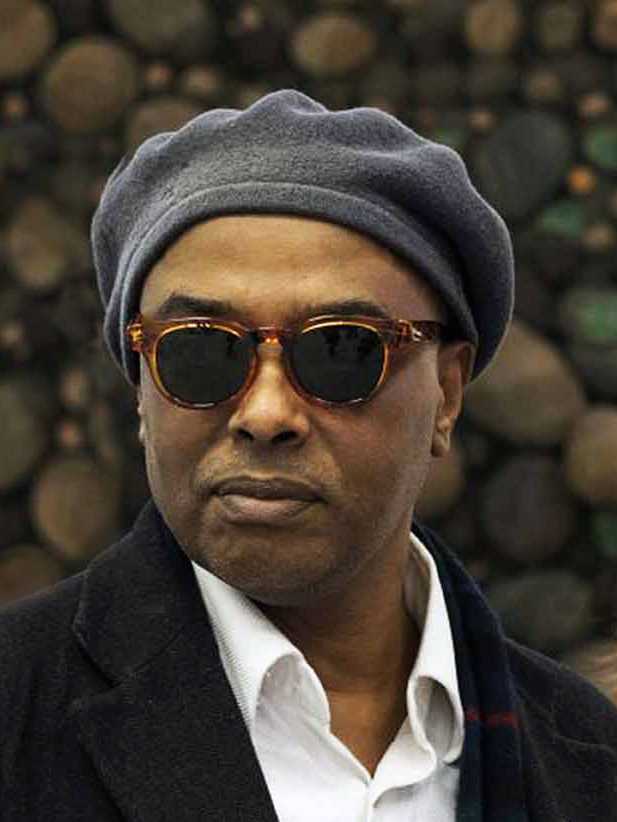
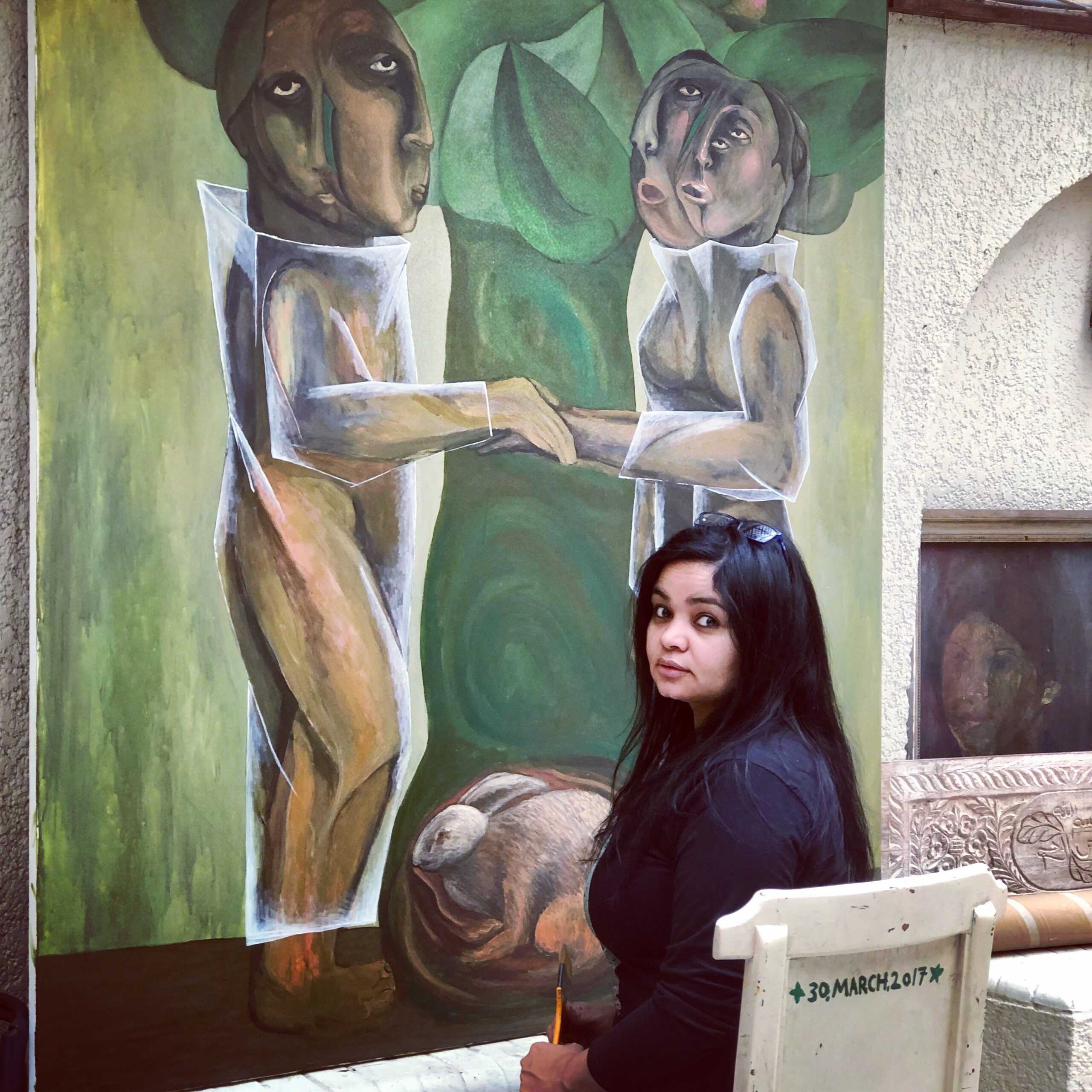
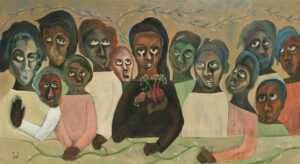
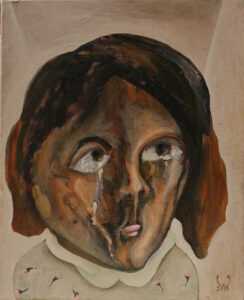
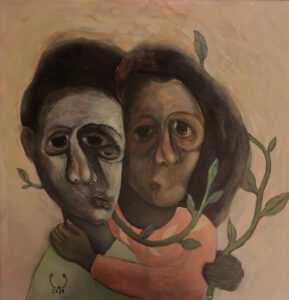
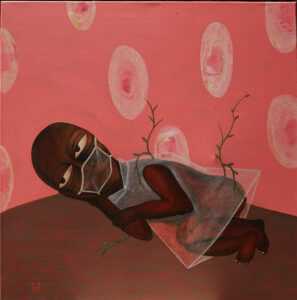
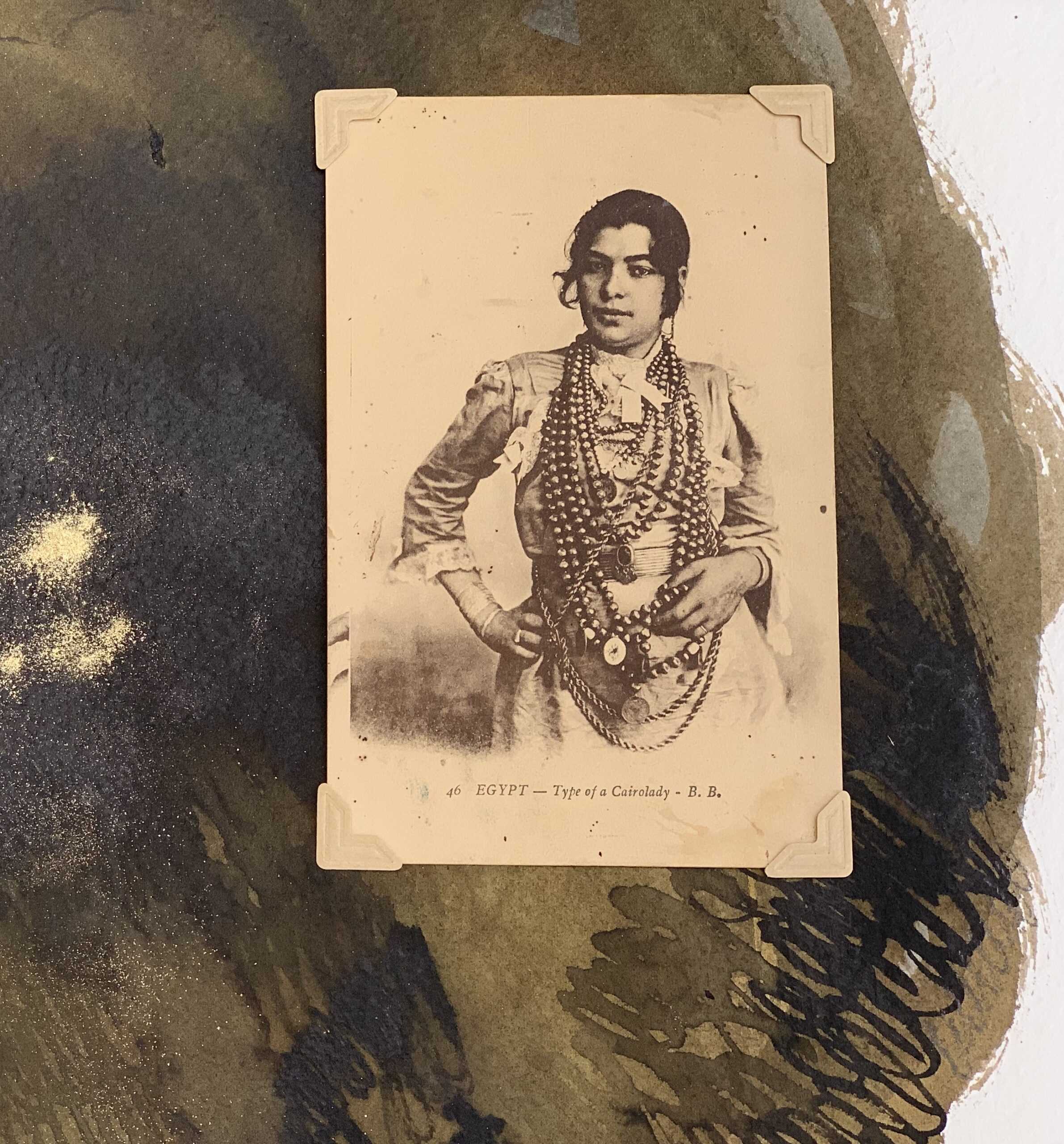
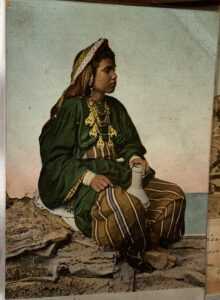 Worse was the discovery of the exploitation, subjugation and violence behind the constructed images of the women on these postcards from the Middle East and North Africa. Posted in the millions, possibly billions, images taken in the 1800s were still circulating around Europe into the1950s or even 1970s. I now have my own large collection of Egyptian colonial postcards of women that has led me to further explore the histories of the Nubians, the Ghawazee, Hungarian Egyptians, Turkish, Sudanese, Ethiopians, Armenians and Nigerians.
Worse was the discovery of the exploitation, subjugation and violence behind the constructed images of the women on these postcards from the Middle East and North Africa. Posted in the millions, possibly billions, images taken in the 1800s were still circulating around Europe into the1950s or even 1970s. I now have my own large collection of Egyptian colonial postcards of women that has led me to further explore the histories of the Nubians, the Ghawazee, Hungarian Egyptians, Turkish, Sudanese, Ethiopians, Armenians and Nigerians.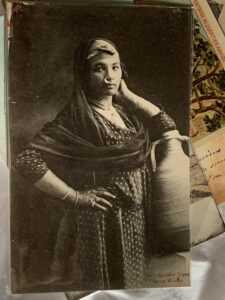 I founded ‘Making The Postcard Women’s Imaginarium’ project in August 2018 and so began Phase I of the project. I got in touch with other women artists as well as writers, poets, academics and thinkers who were all exploring identity within the context of the complex relationship between the East and West. I was keen to meet people with backgrounds that connected them to Britain and Europe and also to those places with colonial histories. I wanted it to be passionate and personal for each member.
I founded ‘Making The Postcard Women’s Imaginarium’ project in August 2018 and so began Phase I of the project. I got in touch with other women artists as well as writers, poets, academics and thinkers who were all exploring identity within the context of the complex relationship between the East and West. I was keen to meet people with backgrounds that connected them to Britain and Europe and also to those places with colonial histories. I wanted it to be passionate and personal for each member.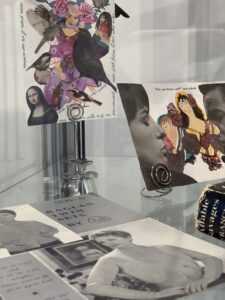 That is why we all decided not to show the postcard women directly in our work without some kind of artistic mediation or intervention. Each woman depicted on a postcard has an amazing presence that somehow reaches out beyond the attempts to portray her in a certain way and we were each responding to that in our own way.
That is why we all decided not to show the postcard women directly in our work without some kind of artistic mediation or intervention. Each woman depicted on a postcard has an amazing presence that somehow reaches out beyond the attempts to portray her in a certain way and we were each responding to that in our own way.